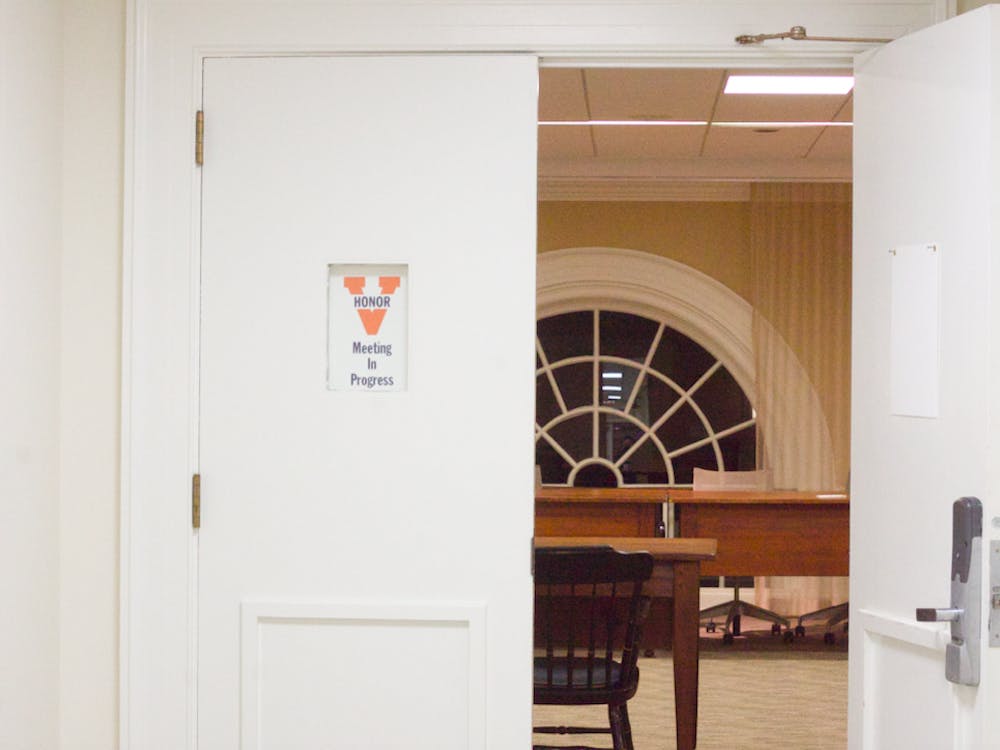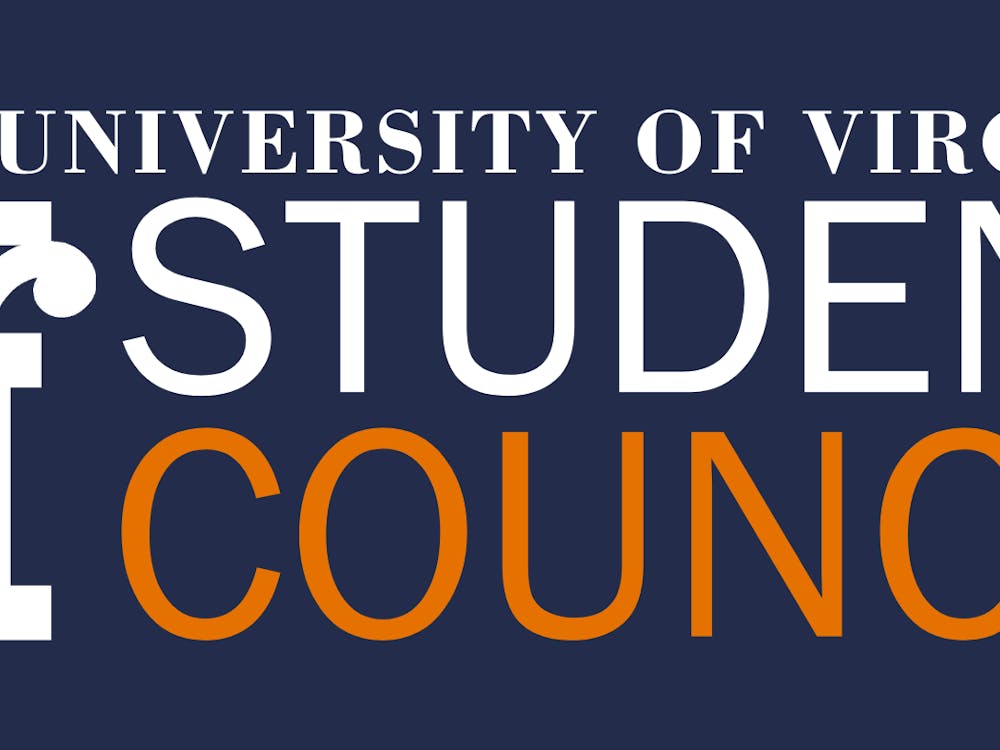The Lawn is a treasure not only because it is beautiful and historical, but also because it serves as a place where students can lay the grass, toss a frisbee with friends, relax on a hammock or challenge their balance on a slackline. Now, you would be surprised to find out half of the activities I just listed are technically prohibited by the University. Laying in a hammock and slacklining can be risky both to those who partake in them and the landscape that supports it. Yet, this does not even factor into the University’s rationale on banning these activities; the actual reason is far more illogical and disconcerting.
In a recent meeting with Lawn residents, Dean of Students Allen Groves stated the University could not permit hammocks or slack lines on the Lawn. The rationale for this decision is that, since slacklines and hammocks are considered structures, it reserves the right to ban them from the Lawn. The underlying concern is that allowing any structure to be hung would set a precedent that would include speech-related structures or banners, which could lead to undesirable structures, such as hate banners, being hung between trees as well. Obviously, the administration wants to limit provocative rhetoric on Grounds. Thus, this policy supposedly aims to limit all structures that could be strung between trees, and it allows the administration to assert it is consistent in not favoring one type of structure over another.
This policy has actually been in effect for more than 10 years, so I do not blame Groves for enforcing a policy that had been implemented prior to his arrival at the University. However, the logic of such a policy is deeply flawed, and the policy must be amended accordingly. The University ought to prohibit the activities for valid reasons, such as the fact that they pose safety concerns and might alter the Lawn’s landscape.
Ours would not be the first university to ban these activities either. Last year, the California Polytechnic State University banned slacklining and hammocking on the grounds that it “could be dangerous because students sometimes climb trees” to set them up. Likewise, the city of Boulder, which is the home of Colorado’s premier state university, has two ordinances banning the activities: Ordinance 6-6-6 cites the possibility of damaging trees, and Ordinance 8-2-12 cites safety concerns for participants themselves. These policies have incited blowback from students at both schools, exemplified by a change.org petition with more than 1,300 signatures to reverse the policy at California Polytechnic State University. Yet at the very least, the rationales of these policies are more logically sound than the University’s.
The reason blowback at the University has not been as extreme is likely because many are simply unaware that this policy even exists. However, members of the University’s Slacklining Club are well aware and deeply frustrated. Fourth-year student Daniel Seelman explains slacklining has “existed in various forms since my first year and I really don't want to see it go away.” He also notes slackliners have worked with concerns about damaging trees by “understanding which trees were okay to use and which weren't” and that the club has “even taken the added precaution of using specially designed towels to protect the trees.” Further, he adds “the new concern that hanging a slackline on the Lawn is the same thing as hanging a banner advocating hate speech is simply absurd” and that “if [the University] doesn't want slacklines on the Lawn I'd prefer a more valid reason.”
I in particular share Seelman’s concerns about the University’s double standard toward hate speech on grounds. As many students are aware, the Westboro Baptist Church and like-minded radical groups have visited Grounds on various occasions. These groups are homophobic, xenophobic and aim to inflame the passions of the student body; yet, the administration takes no action to prevent them from coming. Of course, freedom of speech affords these groups the right to share their views, as jarring as they may be. Yet so long as we allow these groups to preach, we should then allow hateful banners to be displayed also. Although the University ultimately reserves the right to regulate structures and not visitors, we can be sure that, at the very least, a hammock will not tell students that they will go to hell for their sins.
If the administration wishes to pursue a prohibition on hammocks and slacklines, then I ask that it at least formulate a cogent and coherent argument for doing so. Although the Slacklining Club has taken measures to mitigate safety concerns and tree damage, students would nonetheless be more receptive to banning the activities for these reasons. The policy’s current rationale is deeply flawed and in need of immediate revision. If we prohibit activities such as these on the spurious basis of free speech, then who knows what might be the next target.
Jesse Berman is an Opinion columnist for The Cavalier Daily. He can be reached at j.berman@cavalierdaily.com.





